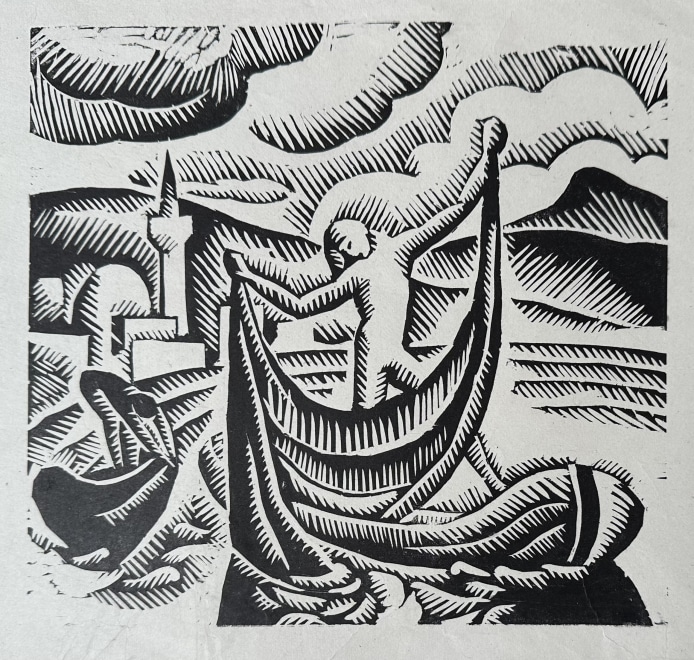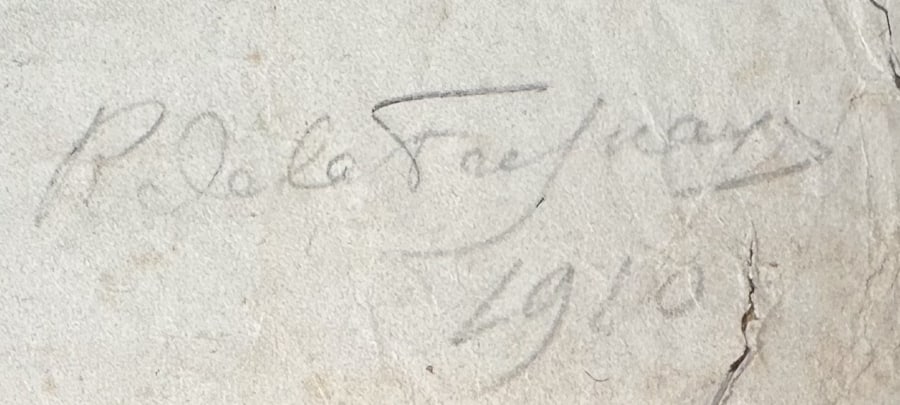Provenance
Private collection, Paris
Note: Of an aristocratic family, Roger de La Fresnaye was born in Mans, France in 1885. He trained in art in Paris at the Julian Academy, and at the School of Fine Arts from 1904-1909, then at the Ranson Academy in 1908. He paints his first canvases in the Nabis style. Roger de La Fresnaye exhibits regularly at the Salon des Indépendants and the Salon d’Automne from 1910.
In 1910, La Fresnaye starts to sculpt with to Aristide Maillol at the Grande-Chaumière Gallery. He joins the Puteaux groupin 1911 and participates in exhibitions at the Section d’Or. He comes into Cubism from 1911 and paints colourful works of geometric forms, presenting large scale paintings of figures, landscapes and still-lives. La Fresnaye envisions the art of the painter coming from nature. The artist sees in Cubism a set of new elements that are susceptible that can contribute to a new renaissance of the classical tradition. The architectural discipline of Gauguin or Cezanne, recommended by the Ranson Academy, inspires his compositions from 1910-1911.
From 1912, without caring for the works of Picasso, Braque, Juan Gris or Leger in respect to aspects of nature, he portrays the objects that he fragments in the cubist way, but also in submits to the technique of the tint area that he models or is low-key. He publishes ‘The Initiation into Painting and Sculpture’ in 1913. His first solo exhibition takes place in Paris in 1914.
La Fresnaye possesses a very pronounced taste for curves, circumferences and spheres, a style that he will share with Delaunay and Léger. The war erupts, Roger de La Fresnaye joins the Infantry; he produces a series of figurative drawings that show the lives of the soldiers. La Fresnaye is gassed then catches tuberculosis of the lungs in 1918. Unfit for service, the artist moves to the south of France, to Grasse, where he dies in 1925 following his illness. Sensing the end of his life, La Fresnaye draws several self-portraits where he studies the progression of his illness.
The present woodcut is a rare print from the artist's early cubist phase.



